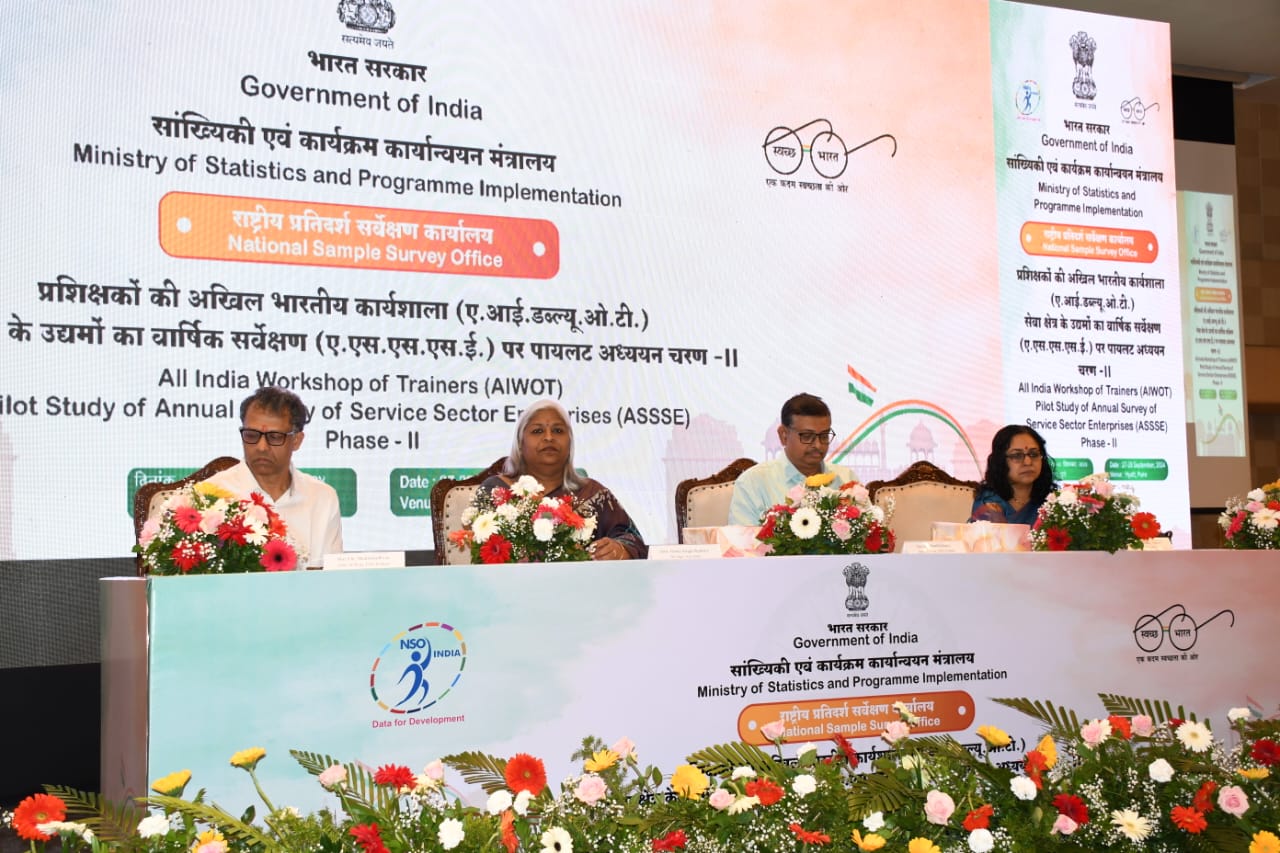- Courses
- GS Full Course 1 Year
- GS Full Course 2 Year
- GS Full Course 3 Year
- GS Full Course Till Selection
- CSAT
- 5 LAYERED ARJUNA Mentorship
- Public Administration Optional
- Online Program
- GS Recorded Course
- NCERT (Recorded 500+ Hours)
- Polity Recorded Course
- Geography Recorded Course
- Economy Recorded Course
- AMAC Recorded Course
- Modern India, Post Independence & World History
- Environment Recoded Course
- Governance Recoded Course
- Science & Tech. Recoded Course
- International Relations and Internal Security Recorded Course
- Disaster Management Module Course
- Ethics Recoded Course
- Essay Recoded Course
- Current Affairs Recoded Course
- ABOUT US
- OUR TOPPERS
- TEST SERIES
- FREE STUDY MATERIAL
- VIDEOS
- CONTACT US
INDIA’S GNPA RATIO DECREASES: RBI
INDIA’S GNPA RATIO DECREASES: RBI
The Reserve Bank of India’s (RBI) annual Trend and Progress of Banking in India report for the financial year 2022-23 revealed a decrease in the Gross Non-Performing Assets ( ) ratio to 3.9 per cent in 2022-23.
- The Gross Non-Performing Asset (GNPA) ratio is calculated by dividing the total gross NPAs by the total assets. A high GNPA ratio can indicate that a bank has a large number of loans that are not being repaid.
About NPA
- Non-Performing Assets (NPA) is a loan or advance that is overdue for interest or principal installments for a period of 90 days.
- According to the RBI, an asset becomes non-performing when it stops generating income for the bank.
Reasons for NPAs
- Defective Lending Process: Improper selection and infrequent review of borrowers' credit profiles in Public Sector Banks (PSBs) can lead to NPAs.
- Lack of cooperation with financial institutions can result in borrowers defaulting in multiple banks.
- Willful Defaults: Some borrowers, despite having the means to repay their loans, choose not to pay which result in loan defaults.
- Industrial Sickness: Ineffective management, resource inadequacy (deficiency), technological changes, and government policy shifts contribute to industrial sickness, impacting banks financing these industries.
- Regulatory Issues: Flouting (defying) RBI guidelines and non-compliance with regulatory directives by PSBs can lead to frauds and NPA escalation (rise).
- Frauds by Bankers and Borrowers: Instances of fraud in the public sector banking system are increasing, though still relatively small compared to overall NPAs.
- Reported fraud cases in the banking sector surged above 14,000 in the first half of the 2023-24 financial year, up from 5,400 cases in the same period last year (2022-23).
Major steps taken to reduce NPA
- SARFAESI Act ,2002 (Securitisation and Reconstruction of Financial Assets and Enforcement of Security Interest Act, 2002): It allows secured creditors to take possession of collateral, against which a loan had been provided, upon a default in repayment.
- Debt Recovery Tribunals: Established under the Recovery of Debts and Bankruptcy Act, 1993.
- Insolvency and Bankruptcy Code (IBC), 2016: For reorganisation and insolvency resolution of corporate persons, partnership firms and individuals in a time-bound manner i.e. within 180 days or the extended period of 90 days.
- National Asset Reconstruction Company (NARCL): It aims to reduce NPAs of banks, improving financial system stability and efficiency.
- It is incorporated under the Companies Act 2013 with PSBs holding a majority stake.
- Indradhanush plan for revamping PSBs, envisaging infusion of capital in PSBs.
Other Highlights of Report
- Consolidated balance sheet of Scheduled Commercial Banks grew by 12% in 2022-23, the highest in 9 years.
- Urban Co-operative Banks (UCBs) saw above 2% expansion in their combined balance sheets, while Non-Banking Financial Companies (NBFCs) witnessed a 15% growth.
- Unsecured retail segment's growth rate surpassed total bank credit growth. NBFCs' double-digit credit expansion was fuelled by unsecured loans, growing more than twice as fast as secured loans.
- Total reported bank fraud declined to a 6-year low in 2022-23, with the average fraud amount at its lowest in a decade.
- Capital-to-Risk-Weighted Assets Ratio (CRAR) of SCBs reached 17% by September 2023.
Impact and Solutions:
Impact |
Solutions |
|
Rising NPAs hinder banks from lending for productive activities, slowing down economic growth. This can result in reduced job opportunities and inflation. |
Government support through a comprehensive 4R strategy - Recognition of NPAs, Resolution of stressed accounts, Recapitalizing PSBs, and financial Reforms. |
|
Rising NPAs may prompt banks to raise interest rates to cover losses, increasing borrowing costs for individuals and companies. |
Strengthen credit monitoring by developing early warning mechanisms and comprehensive MIS for timely detection of problem accounts. |
|
Growing NPAs pose reputational, operational, and business risks for banks, eroding customer trust and affecting financial stability. |
Enhance the credit approval process for thorough assessments and periodic reviews. |
|
Courts face mounting backlog due to inefficient debt recovery systems, causing delays in resolving cases. |
Establish new Development Financial Institutions (DFIs) for long-term project funding. |
|
NPAs weaken banks' capital base, making it challenging to meet regulatory capital adequacy requirements. |
Implement risk management to diversify loan portfolios and reduce NPAs during economic downturns. |



